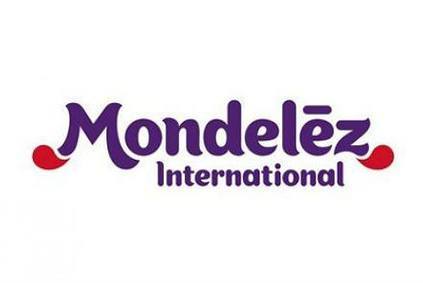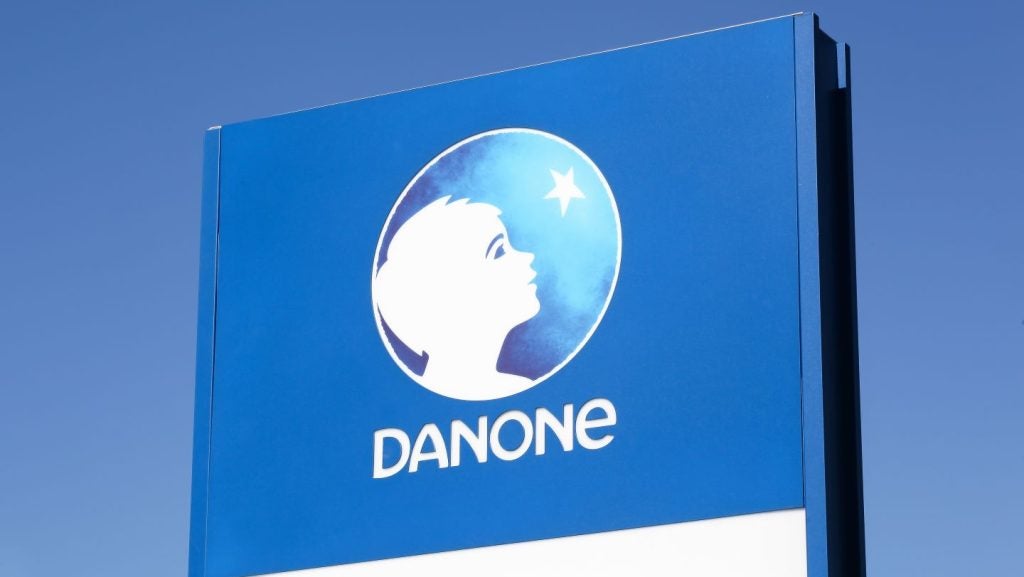
Mondelez International lowered its sales outlook this morning (6 August) after the snack maker saw its top line come under pressure in the first-half, when retailers in Europe and Australasia reacted to price increases by delisting SKUs and suspending shipments.
The company cut its full-year sales outlook for the second time this year to a guidance range of 2-2.5%, down from an initial forecast of 4% and the group’s most recent projection of 3%. During the first half, Mondelez booked sales of US$8.4bn, up just 1.2% in the year and missing consensus analyst expectations of $8.65bn.
The company saw a decline in volume/mix of -2.4% in the first six months of the year, as customers and consumers reacted negatively to pricing action the company implemented in various markets. Pricing contributed 3.6% to the top line, Mondelez revealed.
According to Bernstein Research analyst Alexia Howard, Mondelez’s revenue result was “particularly disappointing” given the “favorable timing shift of Easter” in the quarter.
Speaking to analysts during a conference call, Mondelez CEO Irene Rosenfeld said that the lackluster sales performance was the result of the group’s decision to “lead pricing” in order to “recover cost increases”.
See Also:
In particular, Mondelez said cocoa prices increased 20% year-on-year. Price hikes also reflected attempts to offset the negative impact of foreign exchange, management added.
How well do you really know your competitors?
Access the most comprehensive Company Profiles on the market, powered by GlobalData. Save hours of research. Gain competitive edge.

Thank you!
Your download email will arrive shortly
Not ready to buy yet? Download a free sample
We are confident about the unique quality of our Company Profiles. However, we want you to make the most beneficial decision for your business, so we offer a free sample that you can download by submitting the below form
By GlobalData“Our strategy is to increase prices to fully recover the impact of rising input costs and currency,” Rosenfeld insisted. “That is the right thing to do for the long term health of the business and it is critical for driving sustainable, profitable growth. It allows productivity savings to drive gross and operating margins as well as investments in innovation and brand equity.”
While Mondelez expected the strategy to be “disruptive in the short term”, Rosenfeld conceded that it has been “even more challenging than we expected” to push price increases through.
Growth in emerging markets was “below expectations” but nevertheless a “solid” 4.7%, Rosenfeld said. However, in developed markets the story was “more complex”.
“Some customers, especially in Europe and most notably France, have reacted quite severely to our price increases. In fact, a number have refused to accept our pricing, which has led to extended disputes and near term distribution losses,” Rosenfeld said.
Chief financial officer Dave Brearton added that while the strategy to pass on input price cost increases is “not new” the magnitude of the price increases has been a contributory factor to retailer resistance in Europe.
“In Europe… this [pricing round] would be of a magnitude that is bigger than in the past… chocolate has been particularly hard hit,” he commented.
“The biggest difference is really the trade. The trade has pushed back very hard and this reflects the difficult environment in Europe and many of the retailers margins are under pressure… [The reaction] is quite broad across many more retailers and it is quite deep. It is a typical reaction to delist SKUs in France, or to stop shipments or stop buying for a certain amount of time. It is more dramatic than we anticipated but it is not a completely new tactic.”
The company’s Asia Pacific operating region was also hit by retailer moves to suspend shipments in the highly price driven and competitive Australian and New Zealand markets, Mondelez revealed.
Management was, however, upbeat on its ability to regain distribution in both regions. “What gives us the confidence is that our brands are strong traffic drivers for our customers and after a certain point in time it is going to be important to our customers overall growth to have those brands back on shelf,” Rosenfeld stressed.
“We didn’t take the decisions [to raise prices] lightly, we made them because it is critical for the long term success and health of our franchises and our ability to invest in them… But we are optimistic given the strength of our brands and the role that they play in driving traffic for our customers that we will be able to successfully resolve this dispute. But we are allowing in our guidance room for the fact that it is not necessarily happening tomorrow.”
While Mondelez was the first player to push price increases through in many of its categories, management suggested that competitors are expected to follow suit because they are facing the same input price pressure and foreign exchange drag. This should also help the firm’s negotiations with retailers, management predicted.
In order to alleviate some of the pressure that lower sales is having on profitability, the group has adopted a new “category-led” model across all of its operating regions. This should allow it to adapt more quickly and share successful innovations between markets in order to “speed growth”, Rosenfeld continued.
Mondelez added that it has made continued progress on its effort to shed $3.bn in costs by 2018 through overhead and productivity savings.
Stifel analyst Chris Growe said that the group’s cost reduction scheme should boost profit margins. “This program should aid the company’s achievement of its 15%-16% operating margin by 2016,” he wrote in a note to investors.
However, Growe stressed that the depressed top line remains a concern. “Softer revenue growth, even against strong margin expansion targets, suggests some downside potential,” he suggested.






